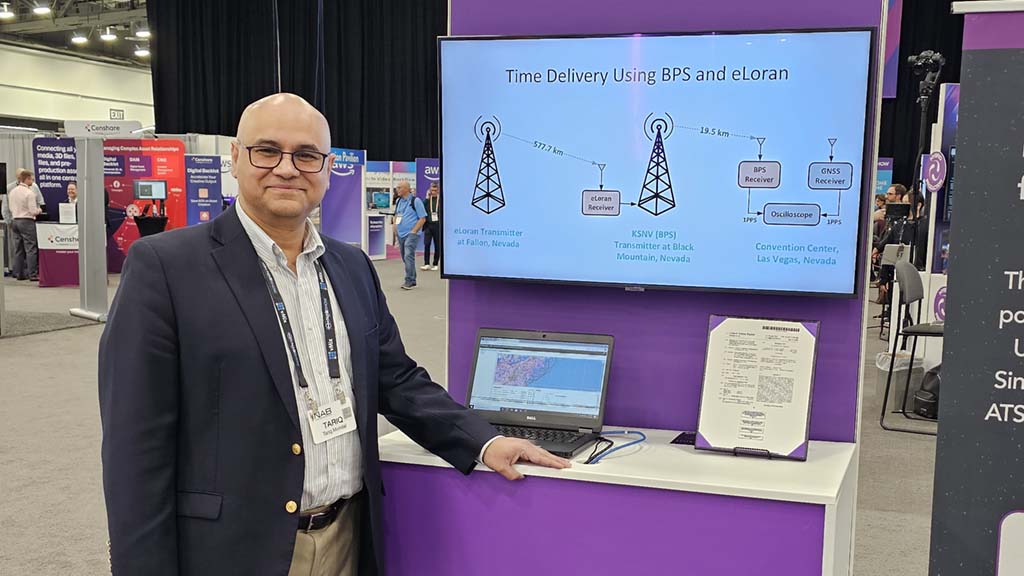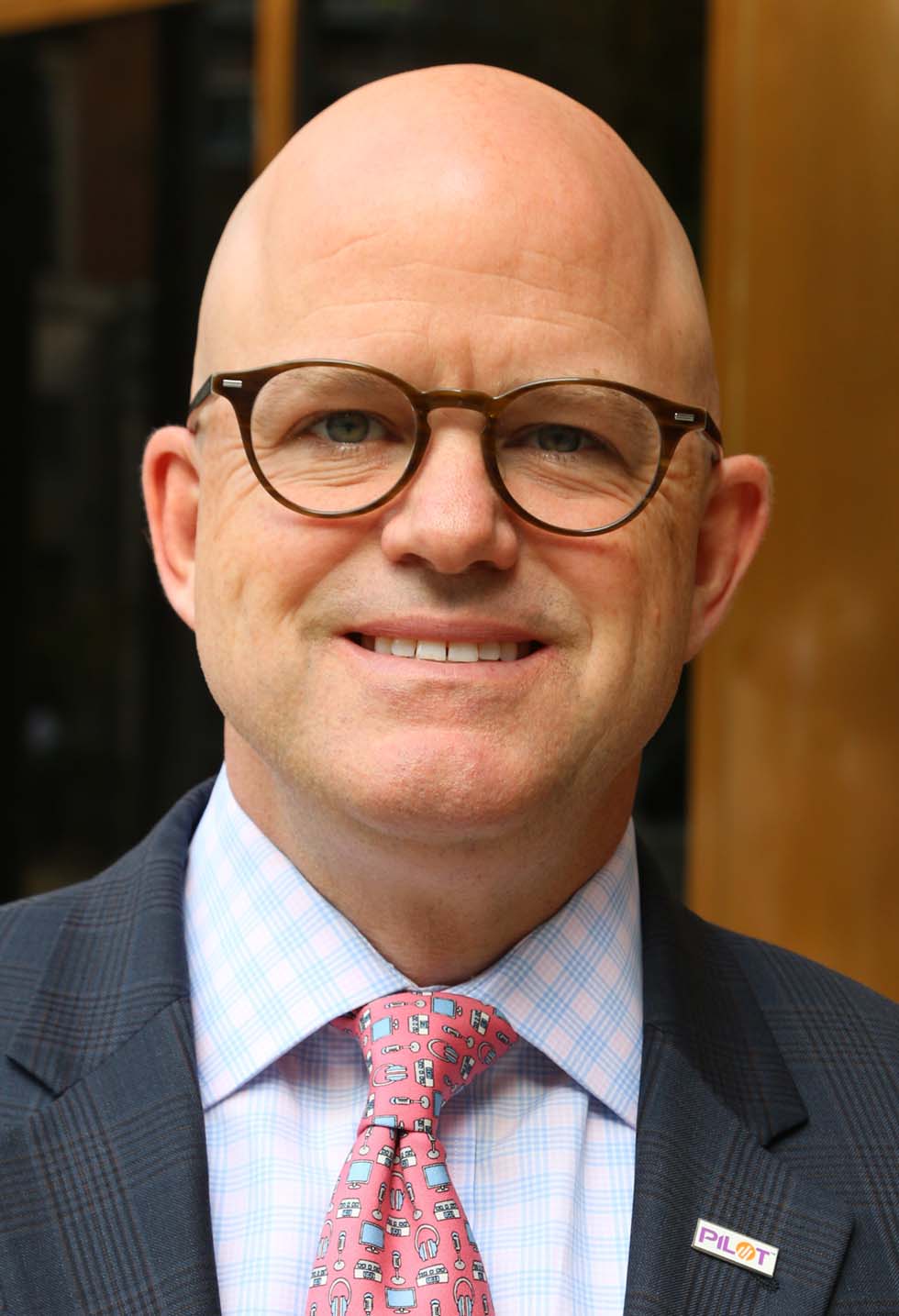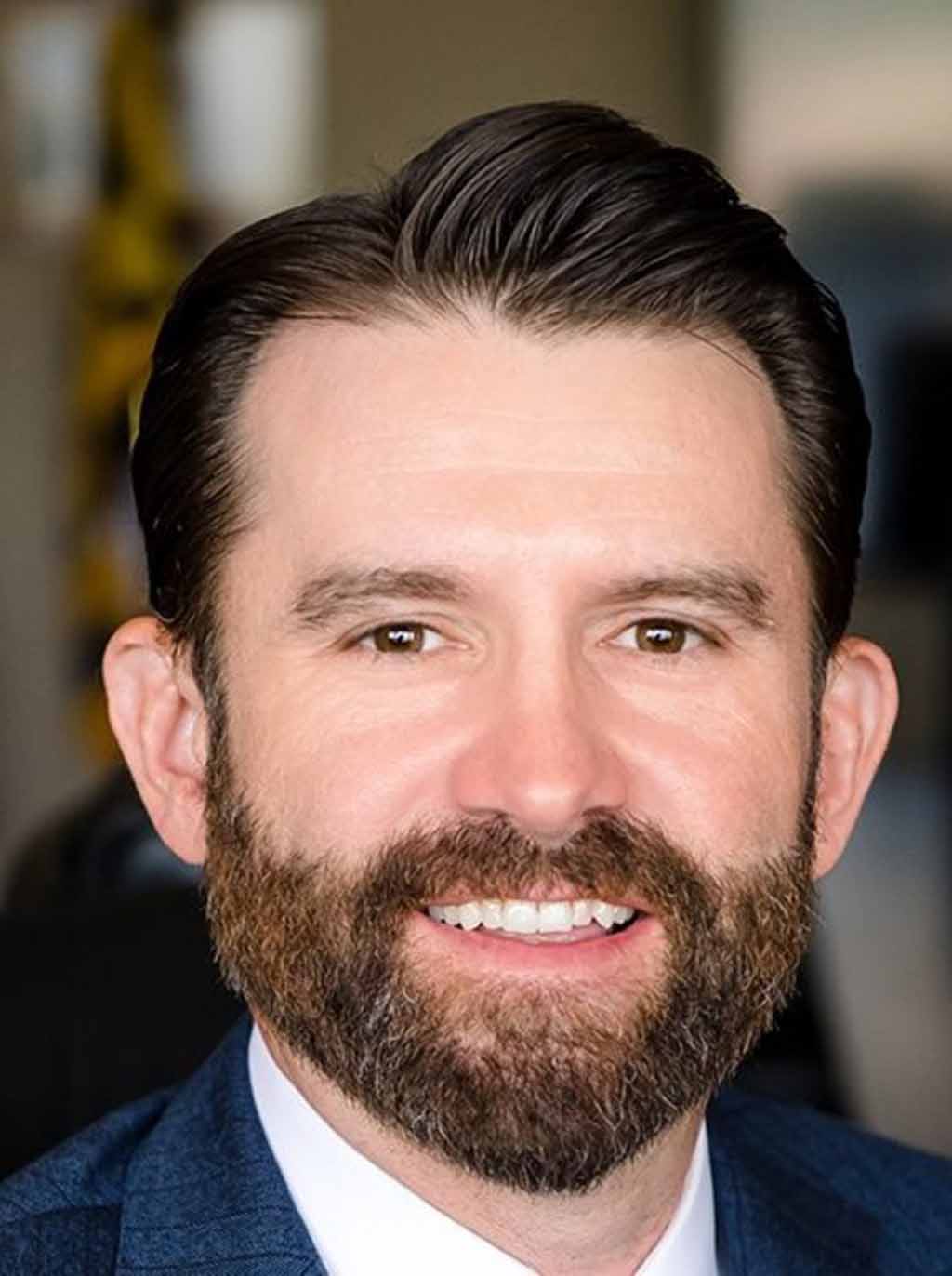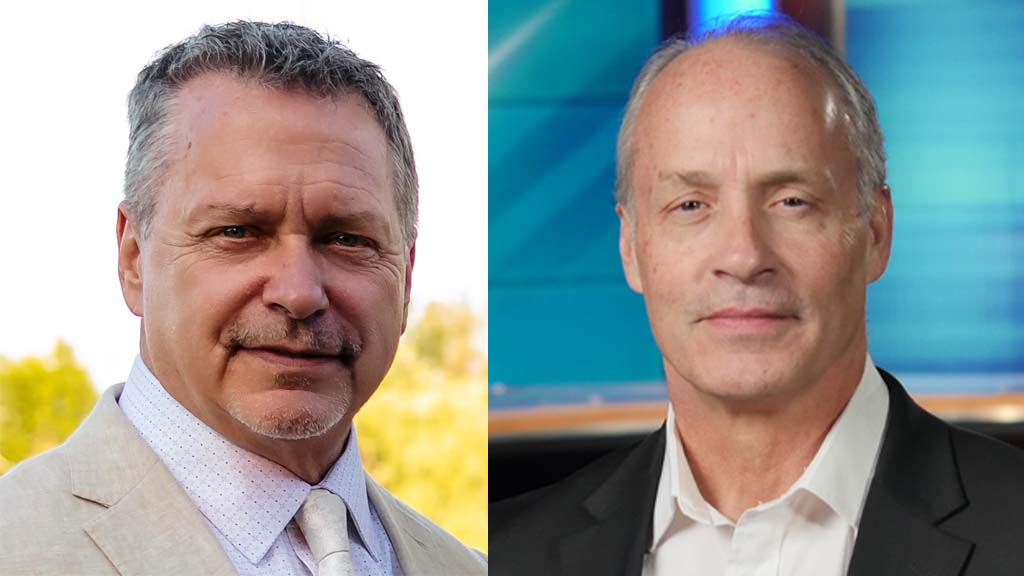Broadcasters Seek ATSC 3.0 Success Beyond the Consumer
As station deployments stall, the industry looks to government, enterprise for expansion opportunities

As U.S. broadcasters mark nearly a decade of development and deployment of the
ATSC 3.0 advanced broadcast standard (aka NextGen TV), the industry is seeking ways to expand interest and generate revenues beyond traditional television consumer applications.
Coinciding with this direction are recent moves to allow for the shutdown of ATSC 1.0 by February 2028 in the top 55 markets and February 2030 for the remaining markets.
“As competitive pressures mount, completing the transition to ATSC 3.0 expeditiously is essential for the future of the industry,” the National Association of Broadcasters said in a petition filed with the Federal Communications Commission at the end of February. “Without decisive and immediate action, the transition risks stalling and the realistic window for implementation could pass. Reaching the finish line requires industry-wide coordination and engagement—something individual broadcasters cannot do alone. The FCC must now establish a clear timeline to complete the transition, just as it did when the industry and consumers migrated from analog to digital.”
‘Unlock the Full Potential’
“Sunsetting” ATSC 1.0 was top of mind at the 2025 NAB Show, with the FCC issuing
a Notice of Inquiry asking for public comment to NAB’s petition on the second day of the convention.
“[FCC] Commissioner [Anna] Gomez was in our booth at that moment and got the ping on her watch that the public notice had hit,” says Madeleine Noland, president of the Advanced Television Systems Committee (ATSC). “Nobody knew that was going to happen during the show, and so I think it was the petition itself that got people really interested to understand what was going to happen next.”

With broadcasters required to simulcast 1.0 and 3.0—most of them sharing transmission facilities in the 80 markets that have deployed NextGen TV (covering approximately 76% of the country)—they’re eager to take full advantage of the full 6-MHz band.
“A complete transition is essential to unlock the full potential of ATSC 3.0, which cannot happen until the entire industry moves off ATSC 1.0 and reclaims that spectrum,” the NAB told the FCC. “Without this shift, broadcasters are forced to split their finite spectrum between the two standards, limiting the bandwidth available for ATSC 3.0’s most advanced capabilities and harming consumers in the process.”
The professional video industry's #1 source for news, trends and product and tech information. Sign up below.
While not specifically tying the sunset of ATSC 1.0 with what it says are “outdated” ownership regulations, the NAB is also seeking an update to the rules that would allow the industry to better compete with “Big Tech.” And naturally, given the advanced features offered by NextGen TV—4K, immersive audio and personalization (among others)—allowing broadcasters to deploy these enhancements will be less burdensome without 1.0.
Booth traffic to the ATSC’s stand in the West Hall this year was up 30%, Noland says, and much of that was driven by Brazil’s landmark decision to adopt the ATSC 3.0 standard in 2024.
“The Brazilians were there in force,” she says. “We had a number of Brazilian demonstrations in the ATSC booth itself, as well. I see U.S.-based companies and/or multinational companies who are working with ATSC 3.0 solutions and services already interested in the Brazilian market. And I see people who have businesses in Brazil seeing the opportunity to potentially expand in the U.S. market.”
A ‘Complement’ to GPS
Several years ago, U.S. broadcasters began work on the concept of the “Broadcast Positioning System,” which uses high-powered signals from broadcast towers to accurately transmit timing to determine position, much like how GPS works with satellites.
Over time, the NAB has tested the system and in March, the FCC— in line with federal government’s desire to develop a backup/complement to address the vulnerability of the existing satellite-based GPS—asked for public comment about the potential use of the technology as a “complement” to GPS and, in the event of actual failure, replacing GPS as a temporary solution.
“Invented and patented by NAB, BPS is a first-of-its-kind technology that leverages the ATSC 3.0 broadcast standard to transmit precise timing signals,” the NAB told the FCC. “Unlike GPS, which relies on satellites that can be vulnerable to jamming, spoofing and cyberattacks, BPS provides a high-power terrestrial-based solution that ensures critical systems remain operational even during GPS disruptions.”
At the 2025 NAB Show, the Futures Park hosted a BPS demo, using the facilities of Sinclair’s KVCW ATSC 3.0 transmission facility about 25 miles from the Las Vegas Convention Center, to demonstrate the accuracy and capabilities of BPS to attendees, including representatives from the National Institute of Standards and Technology (NIST).
Also Read: BPS Could Be NextGen TV’s First Major Breakthrough
The test provided approximately 15-20 nanosecond accuracy, an impressive result, according to Harvey Arnold, senior vice president for Sinclair Broadcast Group.
“It’s incredibly good,” he said. “The standard is for less than 100 nanoseconds.”
The federal government representatives viewing the demo took note, Arnold adds. “Steve Sherman, an official with Space Force, which manages the GPS system, said, ‘This is very impressive.’ ”
Sam Metheny, chief technology officer for NAB, says the timely emergence of BPS as a viable complement to GPS could help accelerate the transition to ATSC 3.0.

“The time frame that we think is the most relevant is the time frame for ATSC 3.0’s deployment, because if you don’t have ATSC 3.0, you don’t have BPS,” he says. “And so we are suggesting that this can be very tightly aligned with deployment of ATSC 3.0, so as the investment is being made in the full transition to ATSC 3.0; you can also include BPS as part of that.”
Could BPS also be a way forward to get 3.0 tuners into mobile devices? With the Consumer Technology Association predictably opposing a tuner mandate—which it characterized as “heavy-handed and risky government intervention” in comments filed with the FCC last month—that possibility is remote for now, according to Metheny, who cited the more than 7 billion GPS receivers deployed worldwide today.
“We’d love to see that type of innovation happen on BPS, but that’s like decades-long innovation,” he said.
Metheny wouldn’t say how much it would cost to upgrade facilities for BPS, but said, “the fact that we can deploy [BPS] on existing infrastructure is going to make it the most economical approach and one that should be quite affordable. But we believe that just as the government is supplying GPS, they can supply BPS as well as a complementary solution.”
Datacasting for Real Revenues
Although BPS provides an impressive and compelling technology for strengthening the nation’s GPS infrastructure, broadcasters can’t expect any revenues or compensation from it anytime soon. And since broadcasters haven’t seen any revenues from ATSC 3.0 yet, they have looked to datacasting— specifically in the enterprise space—as one of the most viable options to make money off of ATSC 3.0.
That’s why the announcement of EdgeBeam at NAB Show garnered so much attention. With four of the nation’s most- prominent station groups—Sinclair, Gray Media, Nexstar Media Group and E.W. Scripps—partnering up to launch the datacasting service, possibly by the end of this year, the industry is finally giving the technology the technical and financial backing that could make an impact. Backers of the new service see it initially deployed for software updates and data offload, with the automotive industry as among its biggest potential customers. Car makers would take advantage of broadcast’s “one-to-many” approach, which broadcasters say is more efficient than data over IP.

Sinclair President Chris Ripley believes the promise of BPS and EdgeBeam are intertwined and the success of one can help lead to the success of the other.
“I think EdgeBeam will be incredibly helpful to getting BPS done,” he says. “We’re very involved in it, as is Nexstar and other broadcasters with NAB. And we’ve lit up BPS in Baltimore and Nexstar has done it in Denver. So I think EdgeBeam can be very helpful if we get the order from the government to roll [BPS] out, which I think we will.”
Ripley also believes that like BPS, a service such as EdgeBeam, which could see real revenues from 3.0 in the near future, can help accelerate the deployment of NextGen TV to smaller markets. With 3.0 deployed in most of the nation’s large and midsized markets, deployment to smaller markets has stalled in recent years.
Ripley says Sinclair has already received interest from other station groups and deploying EdgeBeam, the service will become more cost-effective as it matures. The key to EdgeBeam’s success is having a nationwide footprint, he says, so the more broadcasters who join the better.
“I do think as more capacity becomes available, and more stations are converted, costs can come down and EdgeBeam will potentially be the only game in town,” he says.
Ripley adds that he sees such services as “a very significant expansion of the revenue opportunities for the industry.”
“For streaming, offload, enhanced GPS and automotive, the total addressable market in those areas is like $50 billion; the total addressable market for broadcast is $40 billion,” he says. “So we’re going to be able to play in much bigger areas and diversify our revenue streams and have much more opportunity.”
Tom has covered the broadcast technology market for the past 25 years, including three years handling member communications for the National Association of Broadcasters followed by a year as editor of Video Technology News and DTV Business executive newsletters for Phillips Publishing. In 1999 he launched digitalbroadcasting.com for internet B2B portal Verticalnet. He is also a charter member of the CTA's Academy of Digital TV Pioneers. Since 2001, he has been editor-in-chief of TV Tech (www.tvtech.com), the leading source of news and information on broadcast and related media technology and is a frequent contributor and moderator to the brand’s Tech Leadership events.

